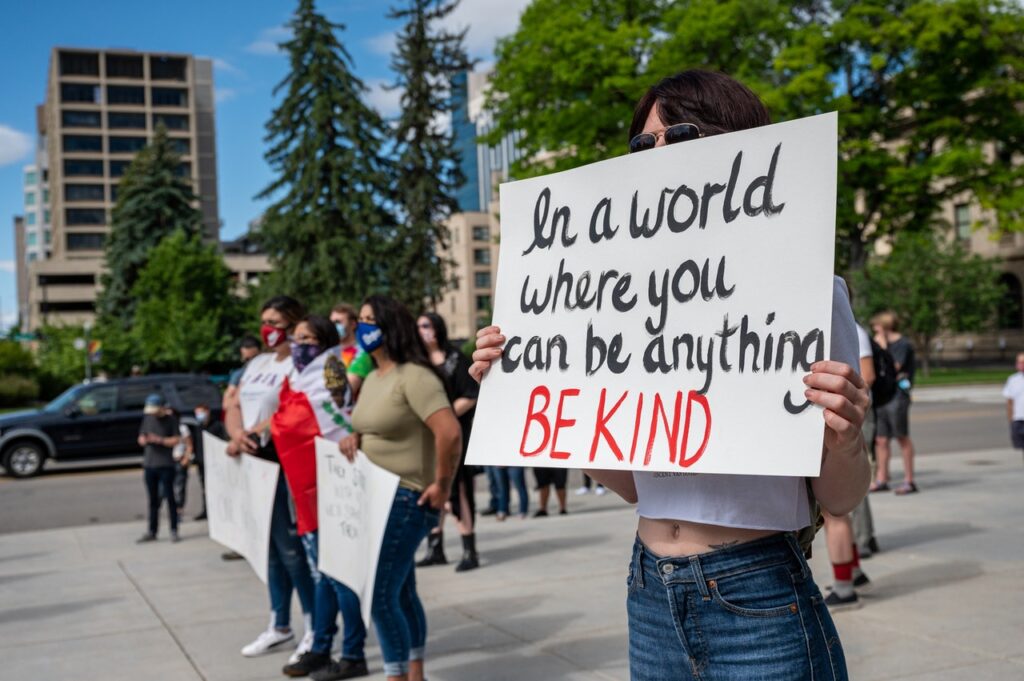Racial Inequality
It is the term used to define the American tradition that discriminates between the human races, especially between whites and blacks, Hispanics, or any other non-white community. American urban communities still have black territories and neighborhoods where most inhabitants are African American. Many of these areas have elevated degrees of poverty and unemployment.
Relative to white, the earnings of blacks are 24% less while Hispanics earn 25% less than whites. At the end of 1990s, there was one-third more black population, under the jurisdiction of the corrections system, than were enrolled in colleges or universities.
The History of Racial Inequality
Between 1525 and 1866, 12.5 million people were kidnapped from Africa and sent to the Americas through the intercontinental slave trade. Only 10.7 million survived the dreadful two-month journey. Comprehending the utter scale of this forced migration—and slavery’s subsequent spread across the country via interregional trade—can be a frightening task, but as historian Leslie Harris told Smithsonian’s Amy Crawford earlier this year, framing “these big concepts in terms of individual lives … can [help you] better understand what these things mean.”
At the onset of that mass movement in 1916, ninety percent of African Americans still lived in the South, where they were “held captive by the virtual slavery of sharecropping and debt peonage and isolated from the rest of the country,” as Isabel Wilkerson wrote in 2016.
Also, race and legacies of racial inequality continued to inform educational reforms long after the Civil Rights Era. The publication of A Nation at Risk, which marked what some consider the end of liberal hegemony in American education, cited generally lower rates of performance among American schoolchildren and a persistent achievement gap by race and class as proof of the failure of liberal reforms which had tried to address inequalities halting from race and class.
Racial Inequality in Current Times
Understanding the causes of current racial inequality is a subject of intense debate. A wide variety of explanations—which range from genetics to personal and institutional discrimination to the cultural backwardness of minority groups have been put forth.
Recent events, including the tragic deaths of George Floyd and Breonna Taylor, have brought numbers published by Edwards, Lee, and Esposito in an article where they found that 1 in 1,000 Black men and boys can be expected to be killed by police at some point in their lifetime; that Black males are 2.5 times more likely to be killed by police than white males back into the national spotlight.
Alongside careful work from other scholars, journalists, and activists, these estimates of racial disparities in police violence are now being used to motivate the need for significant, structural changes in how we go about policing communities.
But this era is an era of social media where every single news is posted as fast as the speed of light, tweeted in such times, videos get popular creating fast and sudden effect on awareness on such type of racial slurs or any mishap. Causing law and order to take sudden steps for justice for the racially discriminated communities
References
Authors at Press book, https://pressbooks.howardcc.edu/soci101/chapter/10-5-racial-and-ethnic-inequality-in-the-united-states/
Joseph Williams, https://www.usnews.com/news/best-countries/articles/2021-04-13/americas-struggle-to-overcome-racial-inequities

